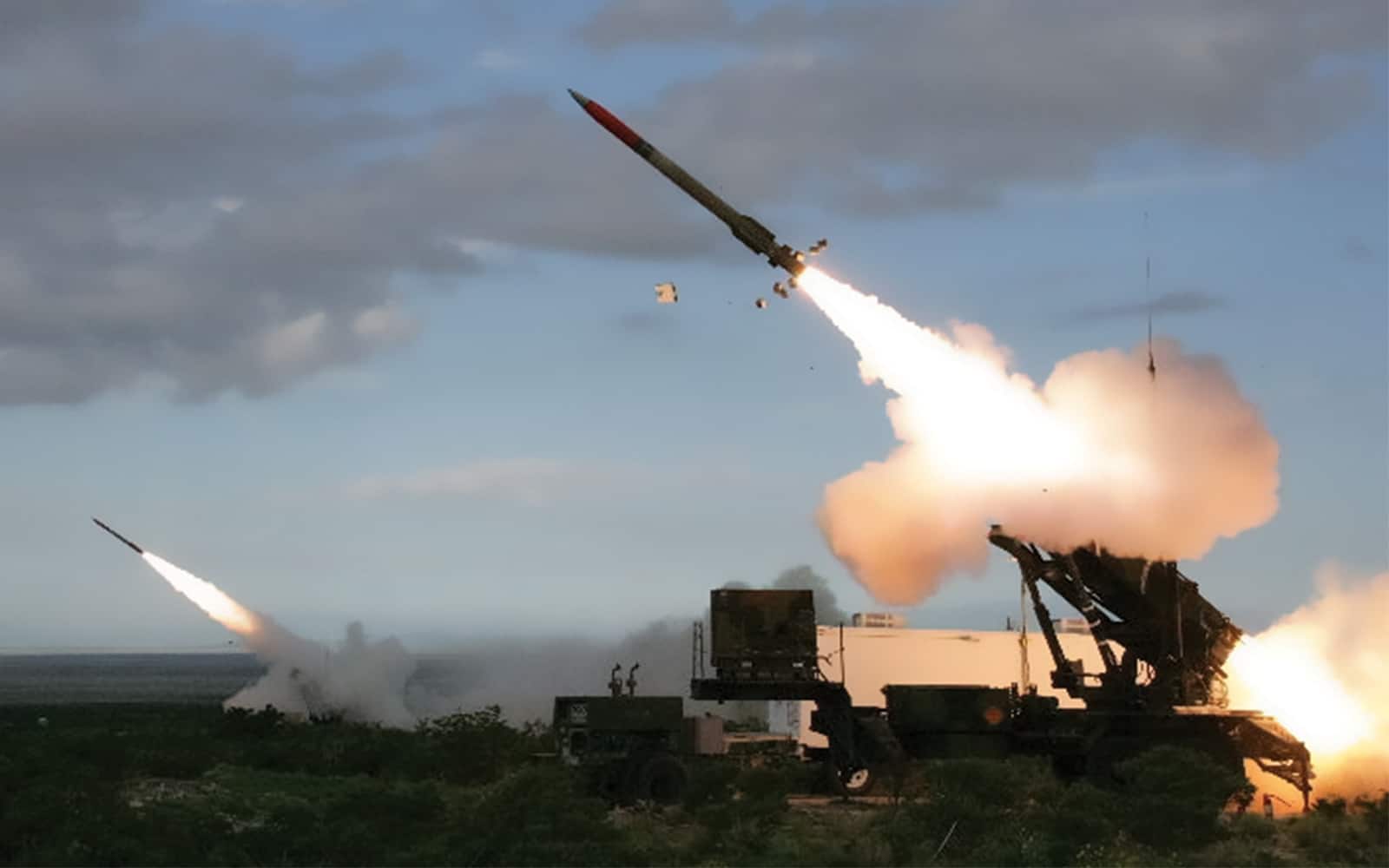10 items, Page 1 of 1

November 9, 2020
On November 6, the U.S. Army selected the Navy’s Standard Missile-6 (SM-6) and the BGM-109 Tomahawk for its Mid-Range Capability (MRC), part of the service’s ground-launched strike modernization effort. Following the selection, the Army awarded a $339.3 million contract to integrate both weapons for a ground-based launcher by late 2022. The supersonic SM-6 missile has...

November 9, 2020
On November 9, the U.S. Army conducted its first flight test of the Lower-cost Air Defense (LowerAD) surface-to-air missile. According to the Army’s Combat Capabilities Development Command, the flight test, scheduled against a ballistic test vehicle, was successful. Under development since the mid-2010s, LowerAD is a smaller, shorter missile designed to counter unmanned aerial systems...

May 13, 2019
On May 12, The Washington Post reported that it had obtained a Defense Department document outlining the Pentagon’s plan to shift $1.5 billion originally designed for military projects such as the Minuteman III ballistic missile program and the Airborne Warning and Control System (AWACS) to fund the border wall. Two days earlier, Acting Secretary Patrick...

April 15, 2019
In April, the U.S. Army confirmed it was fielding prototype Army Long-Range Persistent Surveillance (ALPS) systems to U.S. Indo-Pacific Command, U.S. European Command, and U.S. Central Command. The deployments come to address a Joint Urgent Operational Needs Statements (JUONS) from these COCOMs. The Army’s FY2020 budget proposal, released on March 18, laid out plans to...

March 22, 2019
On March 18, the U.S. Army released its FY2020 budget proposal which laid out plans for the development of three new missile programs. These include the land-based “Long Range Hypersonic Weapon” (LRHW), a “Mobile Medium Range Missile” (MMRM), and a “Future Interceptor” designed to counter lower tier air and missile threats. Over the next five...

September 19, 2018
The U.S. Army carried out a Soldier Checkout Event, dubbed SCOE 4.0, in which Army personnel employed the in-development Integrated Air and Missile Defense (IAMD) Battle Command System (IBCS). The test reportedly demonstrated communication and data connectivity from 20 nodes at locations in Alabama, New Mexico, and Texas. IBCS is being developed to network the...

January 25, 2018
Despite the rising salience of missile threats, current air and missile defense forces are far too susceptible to suppression. Today’s U.S. air and missile defense (AMD) force lacks the depth, capacity, and operational flexibility to simultaneously perform both missions

November 7, 2017
The U.S. Army has been at war continuously for 16 years. New technologies pose new threats and old technologies grow in numbers and capability. If ever the Army were ever to think creatively about how to meet the extraordinary demands it faces, now would be the time.

August 14, 2017
A new challenge faces the joint force: the prospect of conflict with a near-peer adversary who has spent two decades going to school on the U.S. way of war. Potential adversaries have integrated air defenses and precision-strike weapons that can hold forward-based U.S. forces at risk, complicate maneuver and impair freedom of action.









